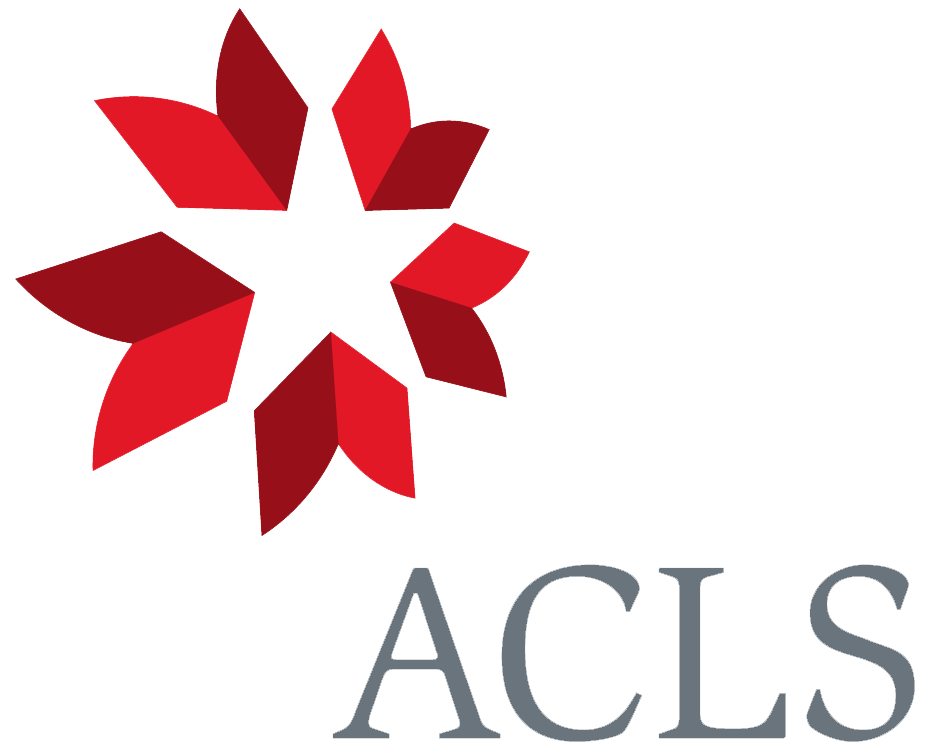From Alexander Agassiz 19 May 1881
Cambridge,
May 19, 1881.
I find on my return from the Tortugas your most welcome letter of May 5.1 I am now at work on the Report of the Coral Reefs of the Tortugas, and hope during the course of the summer to be able to send it to you.2 As you well say, the fact that the Peninsula of Florida should have remained at the same level for so long a time is most surprising. This I consider to be in part due to the original orographic conditions of the Gulf of Mexico, as we have not only the Florida Peninsula but other equally important banks: Yucatan, Bahamas, and San Pedro Banks, all of which are characterized by a general dead level which they have evidently kept for an immense period of time. Yet on the other side of the Straits of Florida and all along the line of the larger Antilles, as far as Barbados, and along the northern of the Windward Islands, we have the most distinct proof of elevation.…
I should feel at present inclined to assign to the action of large marine animals (such as Gorgoniæ, Starfishes, Mollusks, Echinoderms, Deep-sea Corals, Crustacea, etc.)3 a more important part in building up a plateau, up to the height at which corals can thrive, than to the pelagic fauna which I would look upon more as the cementing medium, but which, however, in some localities, such as are in the track of great oceanic currents, as the San Pedro, Yucatan and Florida and Bahama Banks, do yet form an important bulk in the mass of the débris added to the original bank, the level of which was due to the folding of the crust in much earlier periods, at a time when the principal orographic features were laid down. My experience has been that shells, etc., in these plateaus which are in the track of currents, are fairly well preserved after death, although covered with mud (made up mainly of the coral ooze and of Globigerina ooze)4 which cemented them to the older layer of dead shells, etc., below, and formed the base upon which the present living forms were thriving. Your objection that there is not great probability of finding in the Pacific as many banks as there are atolls is certainly a very strong one and one which seems to me can only be met by showing in subsequent surveys that these atolls are themselves only slightly raised patches upon large banks, the orography of which we do not as yet know.5 This is a problem in hydrography of the Pacific which I have had in view for a long time and hope to solve one of these days.
With reference to the chemistry of the reefs and the action of all this large amount of carbonate of lime held in suspense in the water, I must acknowledge I know nothing, and I do not see the why of the action of carbonic acid as a solvent at one depth and not at another—if not in exact proportions to the pressure. This part of Murray’s argument seems to me untenable, if I understand him correctly, and we seem to have viewed his explanation alike.6 There is constant talk of making borings at St. Augustine for sinking artesian wells, and whenever they start I shall be sure to keep close watch of their proceedings, which ought to settle a good many doubtful points as to the structure of the Florida Peninsula.7
I am much pleased at what you say of my address; the part you refer to is just the one which seemed to me to throw some light on the infinite lines of affinities, which close study reveals, among otherwise distinctly related groups, and it was the very difficulty of expressing this affinity by any of our present methods of notation which made me almost despair of doing more than to follow a single character in its endless modifications in time and space.8
Footnotes
Bibliography
Agassiz, Alexander. 1880. Paleontological and embryological development. Proceedings of the American Association for the Advancement of Science 29: 389–414.
Agassiz, Alexander. 1882. Explorations of the surface fauna of the Gulf Stream, under the auspices of the United States Coast Survey: II. The Tortugas and Florida Reefs. [Read 15 November 1882.] Memoirs of the American Academy of Arts and Sciences n.s. 11 (1885): 107–33.
Summary
Discusses the structure and formation of the Florida peninsula. Part played by marine animals in building banks on which coral can thrive.
Letter details
- Letter no.
- DCP-LETT-13166
- From
- Alexander Agassiz
- To
- Charles Robert Darwin
- Sent from
- Cambridge Mass.
- Source of text
- G. R. Agassiz ed. 1913, pp. 284–6
Please cite as
Darwin Correspondence Project, “Letter no. 13166,” accessed on


